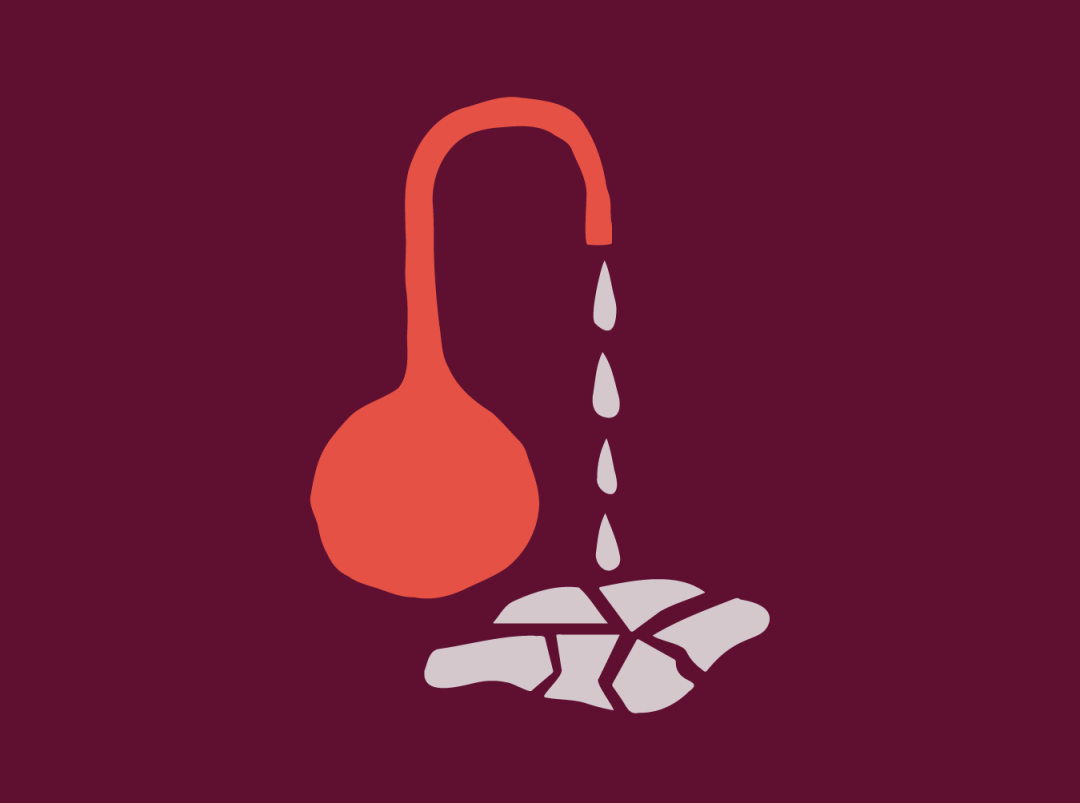#explainer
What is Overflow Incontinence?
health
·5 min read

by Team Thinx | 06/27/2023
Are you experiencing unexpected leaks and an inability to fully empty your bladder? If so, you might be dealing with a common condition known as overflow incontinence. If you are wondering what causes urinary incontinence, read on as we go into some details about overflow incontinence in particular.
what is overflow incontinence?
Overflow incontinence occurs when the bladder becomes unable to empty properly, resulting in involuntary urinary leakage. Unlike other types of incontinence, such as stress or urge incontinence, overflow incontinence is characterized by constant dribbling or frequent urinary leakage.
causes of overflow incontinence
We understand that dealing with overflow incontinence can be challenging. There are various factors that can contribute to this condition, such as certain medications, nerve damage or dysfunction, blockages or obstructions in the urinary tract, weak bladder muscles, or even chronic constipation.
symptoms of overflow incontinence
Recognizing the symptoms of overflow incontinence is crucial for early detection and appropriate management. Here are some common signs and symptoms:
Frequent or constant dribbling of urine
Feeling like your bladder is never entirely empty
Weak urine flow or difficulty initiating urination
Recurrent urinary tract infections
managing overflow incontinence
Although overflow incontinence can be challenging, effective management strategies are available to improve your quality of life. Making simple changes to your lifestyle, such as scheduling regular bathroom breaks and avoiding bladder irritants like caffeine and alcohol, can have a positive impact on managing overflow incontinence.
There are also innovative products available that are designed to provide comfort and confidence to people dealing with bladder control concerns. At Thinx, our absorbent underwear for bladder leaks is made to look and feel like regular underwear, which can be a game-changer in managing overflow incontinence. We use leak protection technology that wicks away moisture, allowing you to go about your day with more peace of mind.
seeking professional help
Remember, it's crucial to consult with a healthcare professional experienced in urinary incontinence for an accurate diagnosis and personalized treatment plan. They can provide guidance tailored to your needs, ensuring optimal care and support.
overflow incontinence: take control of your bladder health today
Overflow incontinence is a condition that can impact daily life, but with the right knowledge and management strategies, it can be effectively addressed. By understanding the causes, recognizing the symptoms, and implementing appropriate management techniques, individuals with overflow incontinence can regain control and enhance their quality of life.
You're not alone in this journey, and seeking professional help is the first step toward better bladder health. Take charge of your well-being with some of the best incontinence products by Thinx and embrace a life free from the constraints of overflow incontinence.
At Thinx, we strive to provide our readers with the most up-to-date, objective, and research-based information. Our content is crafted by experienced contributors who ground their work in research and data. Articles contain trusted third-party sources that are either directly linked within the text or listed at the bottom to lead readers to the original source.
sources:
Cleveland Clinic. Overflow Incontinence: Causes & Treatment. my.clevelandclinic.org/health/diseases/22162-overflow-incontinence
WebMD. Overflow Incontinence. www.webmd.com/urinary-incontinence-oab/overflow-incontinence
Healthline. Overflow Incontinence: Causes, Symptoms, and Treatment. www.healthline.com/health/overactive-bladder/overflow-incontinence
National Library of Medicine. Urinary Incontinence in Women: Evaluation and Management. www.ncbi.nlm.nih.gov/books/NBK559095/
by Team Thinx


